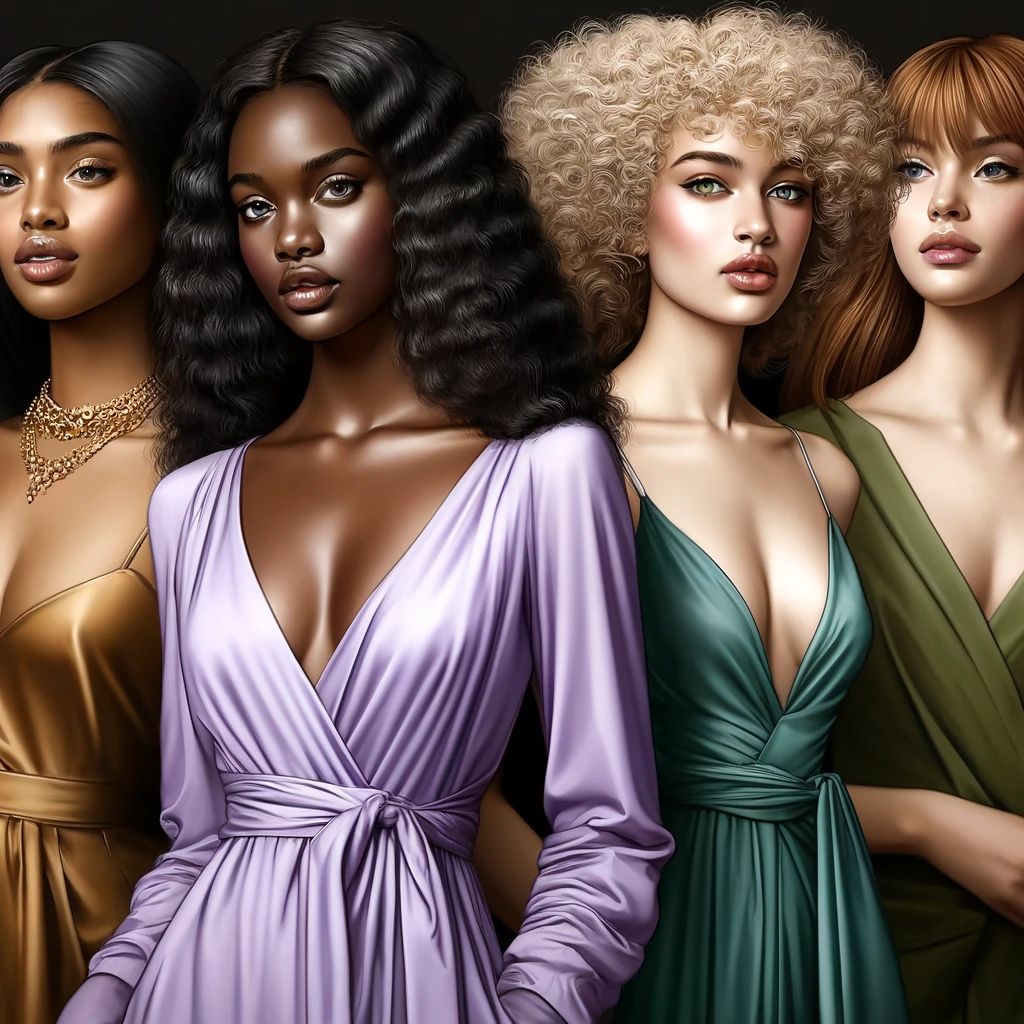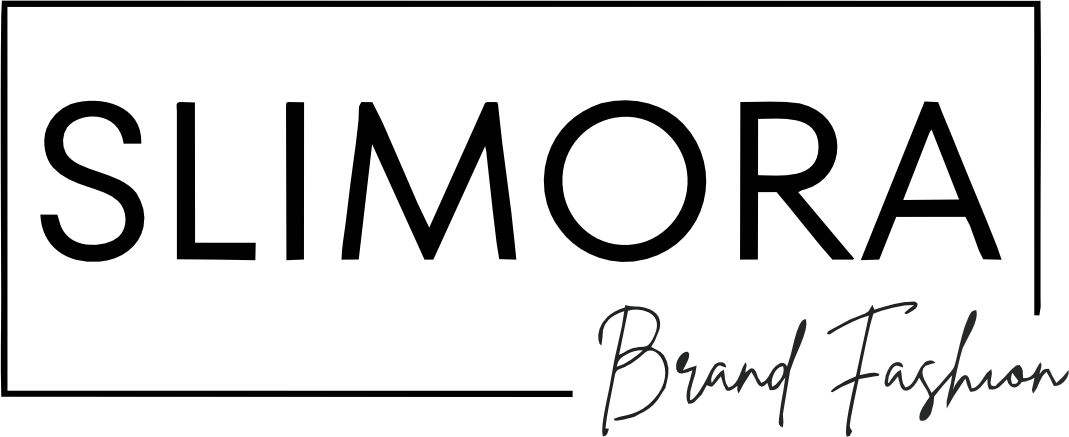Color Your World: Choosing the Right Clothing Colors to Complement Your Look

Introduction: Color is more than just a visual element; it’s a language that communicates emotion, personality, and style. When it comes to fashion, selecting the perfect colors can transform an outfit from ordinary to extraordinary, enhancing your features and expressing your individuality. At Slimora, we recognize the power of color in fashion, which is why we’ve crafted this extensive guide to help you navigate the colorful world of clothing and find the hues that best complement your unique style and personality.
Understanding Color Theory: Before delving into the intricacies of choosing clothing colors, it’s essential to grasp the fundamentals of color theory. The color wheel serves as a valuable tool in understanding how different hues interact with each other. Complementary colors, positioned opposite each other on the color wheel, create dynamic contrast when paired together. Analogous colors, located adjacent to each other, blend harmoniously to create a cohesive look. Monochromatic color schemes involve variations of a single hue, offering a sophisticated and elegant aesthetic.
- Consider Your Skin Tone: Your skin tone serves as a crucial guide in determining which clothing colors will flatter your complexion. Warm undertones, characterized by hints of yellow or peach, are complemented by earthy tones such as camel, olive, and terracotta. Warm neutrals like beige and tan also complement these undertones beautifully. Cool undertones, with pink or blue undertones, shine when paired with jewel tones such as emerald green, sapphire blue, and amethyst purple. Cool neutrals like navy, charcoal, and icy grays also enhance cool undertones.
It’s essential to identify your undertones accurately to ensure that the clothing colors you choose harmonize with your skin tone rather than clash. One way to determine your undertone is to examine the veins on your wrist: blue or purple veins indicate cool undertones, while green veins suggest warm undertones.
- Play to Your Hair and Eye Color: In addition to skin tone, hair color and eye color also influence which clothing colors will complement your overall look. Individuals with blonde hair and blue eyes often radiate in soft pastels and cool tones like baby blue, lavender, and mint green. Those with brunette locks and brown eyes can enhance their features with rich jewel tones such as emerald green, deep burgundy, and royal blue.
Consider the natural contrast between your hair, eye, and skin color when selecting clothing colors. For example, individuals with high contrast features, such as dark hair and fair skin, can pull off bold, high-impact colors with ease. On the other hand, individuals with low contrast features may opt for softer, more muted tones to create a cohesive look.
- Assess the Occasion and Mood: The occasion and mood you wish to convey through your outfit play a significant role in determining which clothing colors to choose. For formal events or professional settings, classic neutrals such as black, white, navy, and gray exude sophistication and timelessness. These versatile hues serve as a blank canvas for accessorizing and can be effortlessly elevated with statement jewelry or accessories.
For casual outings or relaxed weekends, embrace playful pops of color to inject vibrancy and personality into your ensemble. Shades of coral, turquoise, mustard yellow, and coral pink add a cheerful touch to any outfit and evoke feelings of joy and spontaneity. When selecting colors for specific occasions, consider the cultural significance associated with certain hues. For example, red is often associated with luck and prosperity in many Asian cultures, making it a popular choice for celebratory events.
- Experiment with Patterns and Textures: Don’t be afraid to mix and match different colors, patterns, and textures to create visual interest and depth in your outfits. Pair bold solids with subtle prints or mix complementary colors for a striking contrast. Experiment with textures like velvet, silk, and denim to add dimension and tactile appeal to your look. When combining patterns, ensure that there is a common color thread running through each piece to maintain cohesiveness.
Stripes, florals, plaids, and animal prints are just a few examples of patterns that can add personality and flair to your wardrobe. When incorporating patterns into your outfit, consider the scale of the print and your body proportions. Petite individuals may opt for smaller-scale prints to avoid overwhelming their frame, while taller individuals can pull off bold, statement-making prints with ease.
Conclusion: Choosing the right clothing colors is an art form that allows you to express your personality, enhance your features, and create memorable fashion moments. By considering factors such as your skin tone, hair and eye color, the occasion, and your personal style preferences, you can curate a wardrobe that reflects your unique aesthetic and leaves a lasting impression.
At [Your Clothing Brand], we understand the transformative power of color in fashion, which is why we offer a diverse range of hues and styles to suit every taste and occasion. Whether you gravitate towards classic neutrals or bold statement hues, we have the perfect pieces to help you express your individuality with confidence and style. Embrace the vibrant world of color, experiment with different combinations, and let your personal style shine through!

